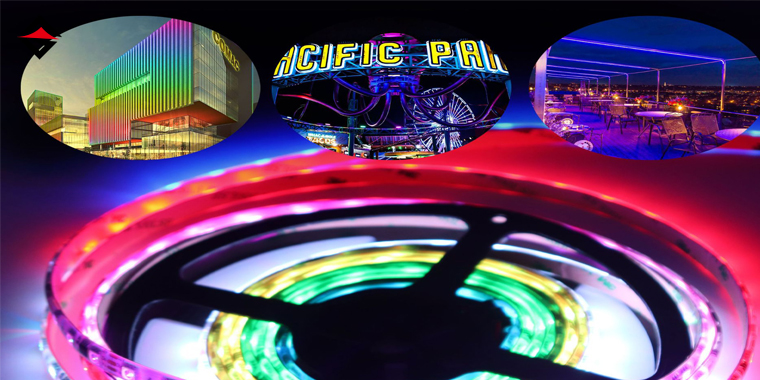
What is the difference between
IR and RF in the LED strip controller?
Contact Name : Penny;Tel /Whatsapp: +8615327926624;Email : sale@ledtealight.com
1. Application Range
IR (Infrared):
Generally used for short-range control, with an effective distance typically ranging from a few meters to tens of meters. If the distance is too far or there are obstructions, the signal will weaken or even fail to transmit.
Suitable for use within the same room and has high environmental requirements, such as no strong light interference.
RF (Radio Frequency):
It has a relatively long effective range, generally reaching tens of meters or even hundreds of meters (depending on the specific power and environment). It can still function normally even in different rooms or when there are walls in the way.
It is suitable for use in larger spaces, such as multiple rooms in a home, villas and other scenarios.
2. Anti-interference capability
IR (Infrared):
Infrared signals are prone to interference from strong light sources such as sunlight and intense incandescent light, as these sources may also emit infrared radiation, leading to signal misinterpretation.
In complex lighting environments, unstable signal conditions may occur.
RF (Radio Frequency):
It has a strong anti-interference ability and can better resist electromagnetic interference in the environment. Unless there is interference from other strong signal sources in the same frequency band, signal interruption generally will not occur.

3. Equipment Cost and Complexity
IR (Infrared):
The technology is relatively simple and has a lower cost. The hardware structure of the transmitter and receiver is relatively simple, so it is more common in some low-cost LED strip controllers.
However, its functions are relatively limited, usually only capable of basic control such as on/off and brightness adjustment.
RF (Radio Frequency):
The technology is relatively complex, requiring more intricate circuit design and frequency management. Therefore, the cost of equipment is relatively high.
But it is more powerful and can support more complex control instructions, such as color adjustment and scene mode switching.
4. Application scenarios
IR:
It is often used in situations where the control distance is not a high requirement, directional control is needed, and the cost is relatively low. In light strips, if the control range is small and the distance is short, and the surrounding environment is relatively simple, IR control may also be adopted.
RF:
It is suitable for the control of light strips in large venues, multi-room layouts, or complex environments that require wall-penetrating control. It can provide a more flexible and convenient remote control experience and is widely used in various wireless communication fields.
Summary
IR and RF each have their advantages and disadvantages. IR is suitable for simple, low-cost, and short-distance light strip control; RF is suitable for light strips with complex functions, large control ranges, and high stability requirements.